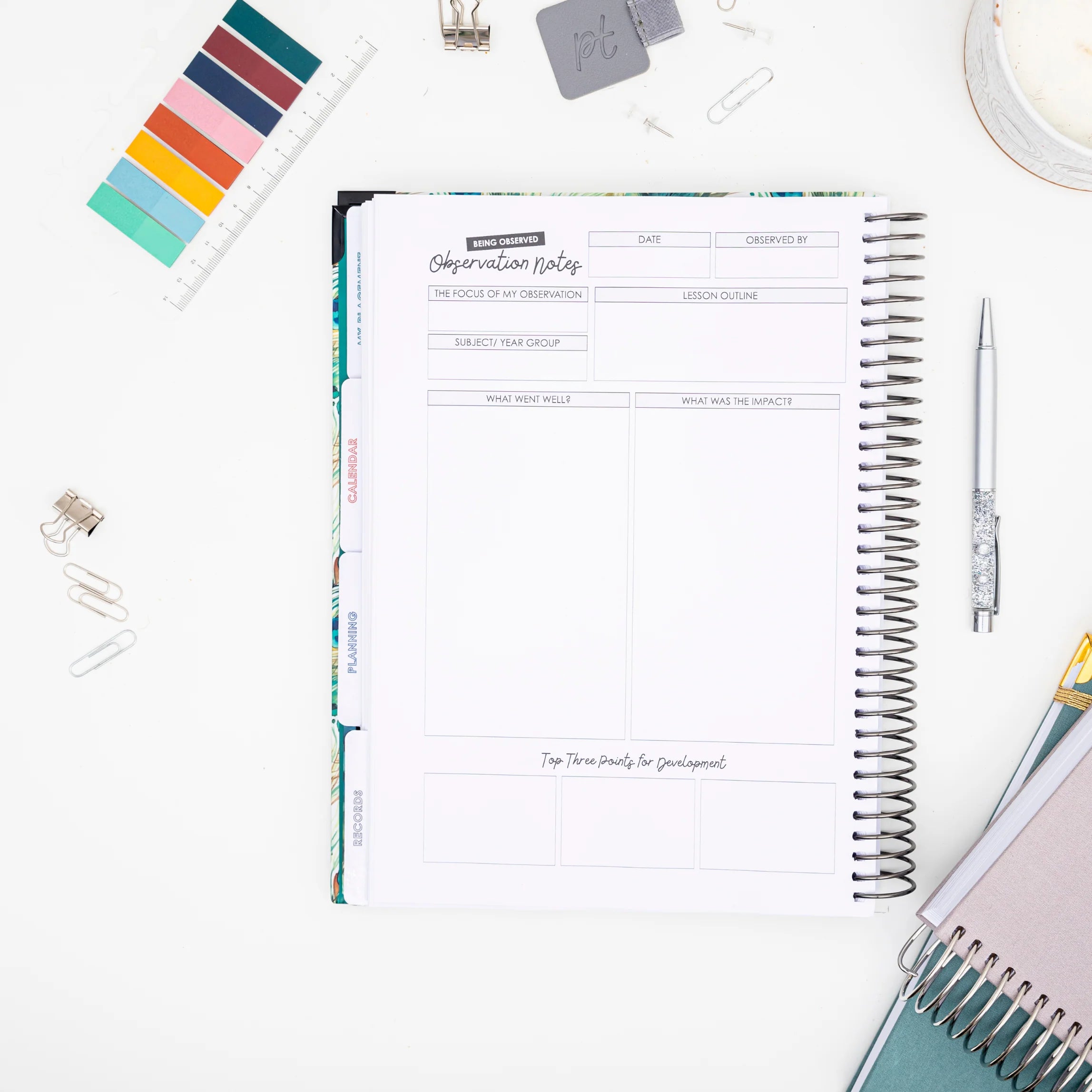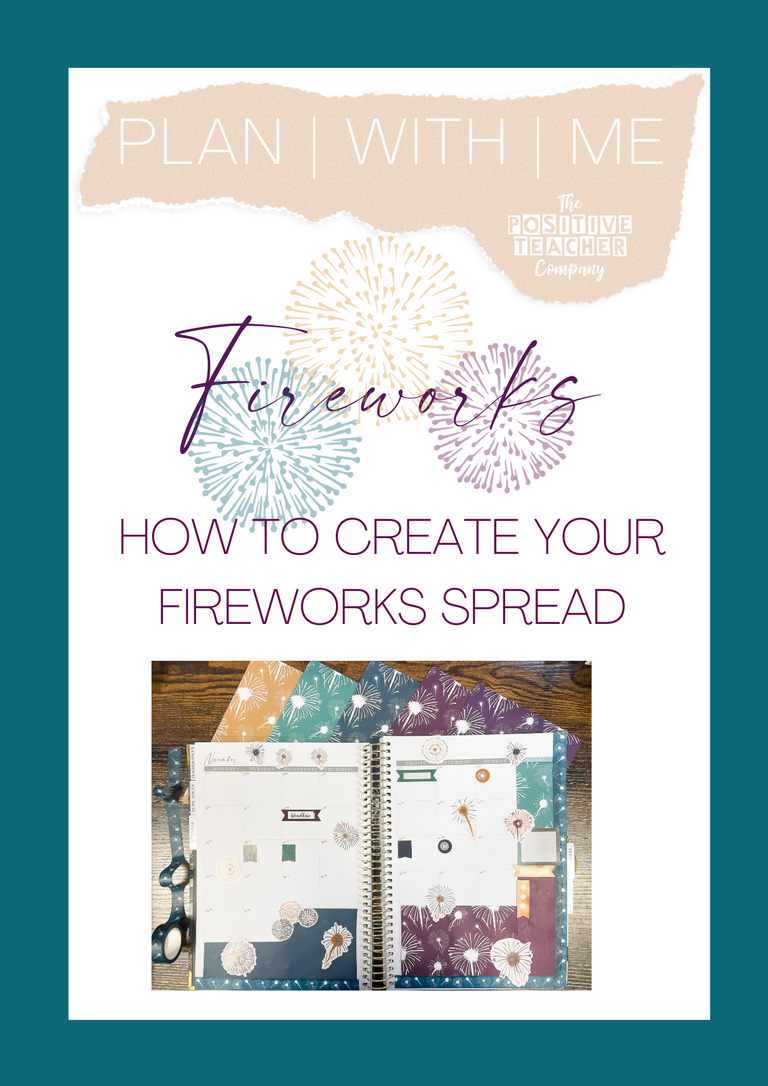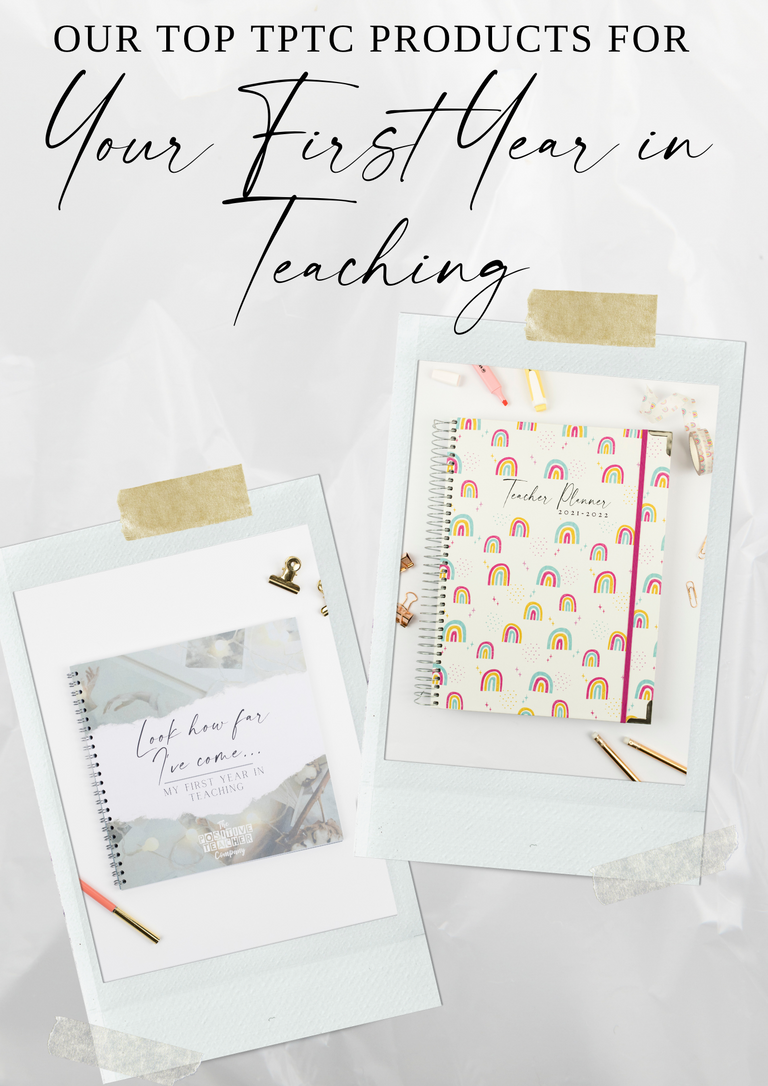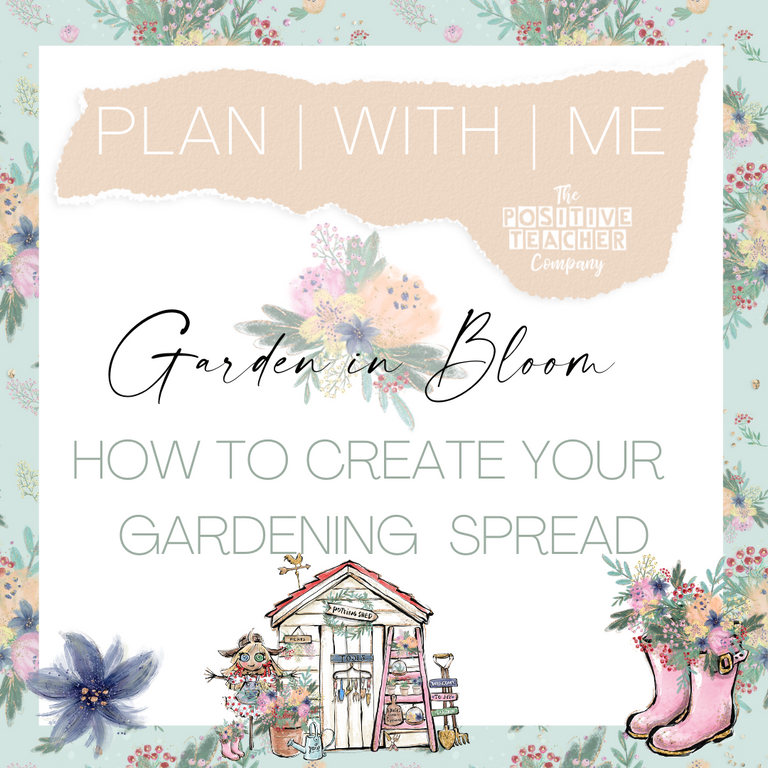Another school year has come to an end, which means that a new cohort of trainee teachers is about to start their training! Trainee teachers are always full of such excitement and enthusiasm and we love to hear all about your experiences. We hear from lots of trainee teachers who want to find a planner that will help to manage their workload and keep them on track during the busy whirlwind of a year that is training to teach. So we’ve put this guide together to help you figure out which of our planners is best for your teacher training – the Teacher Training Planner, or the full Teacher Planner.
The Basics
The planners are very similar when it comes to their size and shape. They are both A4 hardback books that come in the same range of beautiful cover designs – so if you have a favourite design, you can get it whichever planner you choose! They are both dated from August 2024 to July 2025, have the same high quality 120gsm paper, and have the same features that make it helpful and hard-wearing, like a pocket on the inside cover, an elastic closure, metal corner protectors and a strong metal spiral binding. They also both have the option to personalise the cover with embossing. So really, it’s the content inside where you’ll see a difference.
The Tabbed Sections
The first section in the Teacher Training Planner is ‘My Placement’, where you can note down lots of information about your placements like an overview of the school day, usernames and passwords, and your targets. There’s space to do this for three different placements. A big benefit of the Teacher Training Planner is that this section includes the full ITT framework, which is what you’ll be using throughout your training to set goals and work against, to make sure you’re meeting teacher standards. It’s helpful to have this in your planner where you can always refer to it, plus you’re able to highlight it and make notes. The full Teacher Planner has a similar ‘Teacher Focus’ section at the front where you can write in all kinds of useful information about your school, your goals and habits, and your personal development throughout the school year. This tab is interchangeable so there’s also the option to label this tab ‘My Placement’. This works for trainee teachers who are just staying in one school for the whole year, rather than doing multiple placements, like SCITT. So the first question to ask yourself when choosing your planner is – are you doing multiple placements during the year, or are you staying in one school?

Both planners have a calendar tabbed section with a year overview, and 12 double page monthly calendar spreads, so you can see all your months at a glance. As a trainee teacher, you can use your monthly calendar to mark out the beginning and end dates of your placements, your deadlines, and any other important dates for your training.
The planning tabs are another section where you’ll want to consider which will work best for you and your teaching course. The Teacher Training Planner has a ‘planning’ section which contains placement overviews, seating plans, and timetables – there are multiple pages of each of these so you can use a different page for each of your placements. It also has a space for your reflection, which is a big part of teacher training. This section also has your weekly plans; there’s a double page which shows 6 periods for each day, Monday to Friday, dated from August 24 to July 25. The full Teacher Planner is a bit more in depth when it comes to the planning pages, so ‘Term Plans’ has its own section. It has long and medium term planning pages, ideas and to do lists for each term, term organisers, and seating plans, plus 12 timetables. It then has its own ‘Weekly Plans’ section, just like the weekly pages in the Teacher Training Planner.
Finally, both planners have slightly different records pages. The Teacher Training Planner has pages that will specifically be helpful during your training course, so it has lots of meetings notes pages since you’ll have regular meetings with your mentor throughout your course. There are also two kinds of observation notes pages: notes for when you observe others, and notes for when you are observed by others, so you can note down how it went and the feedback you got. There’s also records trackers as these have a lot of different helpful uses, and a Proud Space, which is a memory keeping page for you to note down things you’ve achieved and things you’re proud of. The Teacher Planner has lots of meetings notes as well as briefing notes pages, assessment records to use with students, groups planning pages and student notes.
So which is best for you?
Really, there’s two key differences in the planners: the amount of planning space, and the trainee-specific pages. The Teacher Training Planner has the full ITT framework, spaces to set targets, trainee reflection spaces, and pages for observing others and being observed, while the Teacher Planner has more in-depth curriculum planning pages. The Teacher Training Planner was designed with most trainee teachers in mind, as the most common way to train is to do a course where you have multiple placements throughout the year. However, some courses have you learn with one school throughout the year like SCITT. The full Teacher Planner may be better for this, as it’s designed for people spending the year in one school. If that’s best for you, but you don’t want to miss out on all the teacher training pages in the Teacher Training Planner, then have a look at our Teacher Training Essentials Booklet. It contains all of these things, like the ITT framework and observation notes pages, and can be used alongside a full Teacher Planner.



